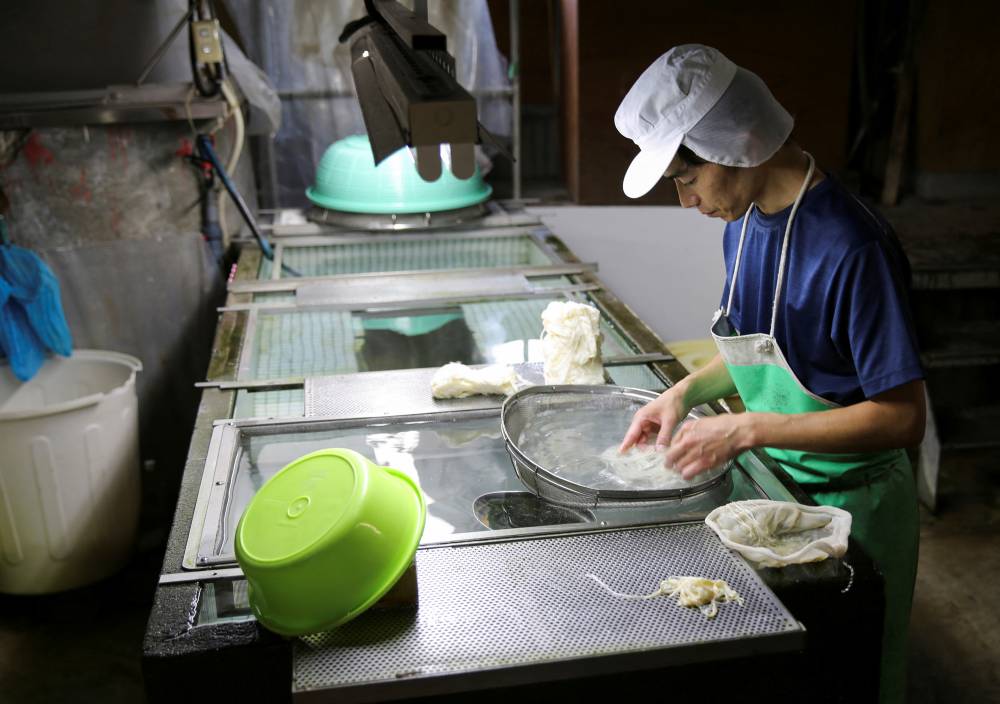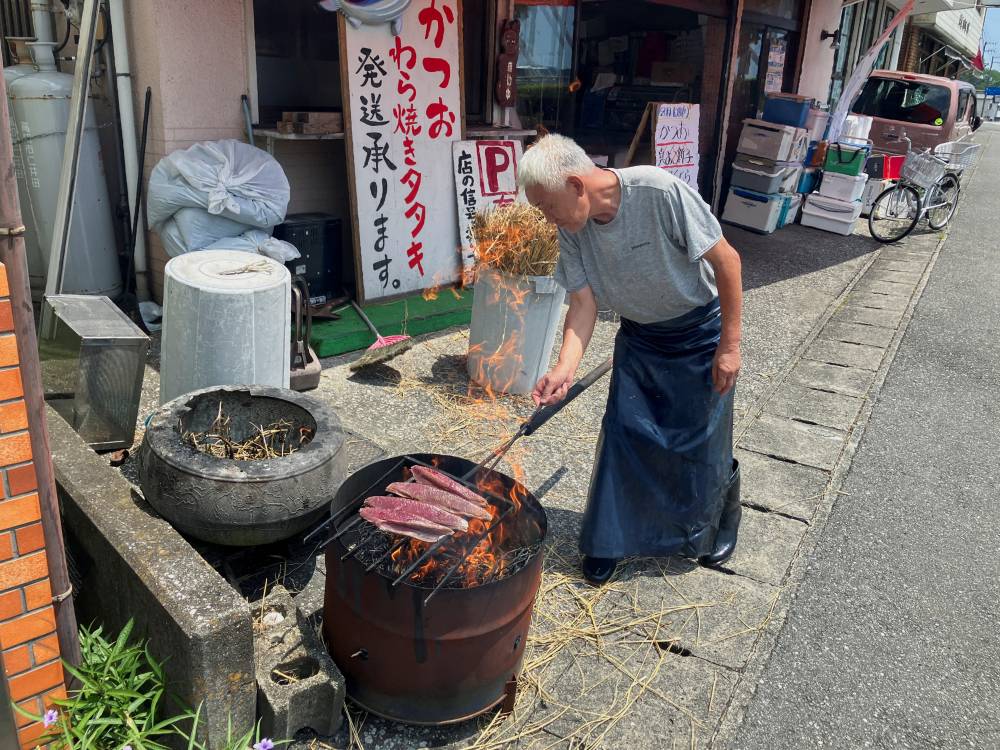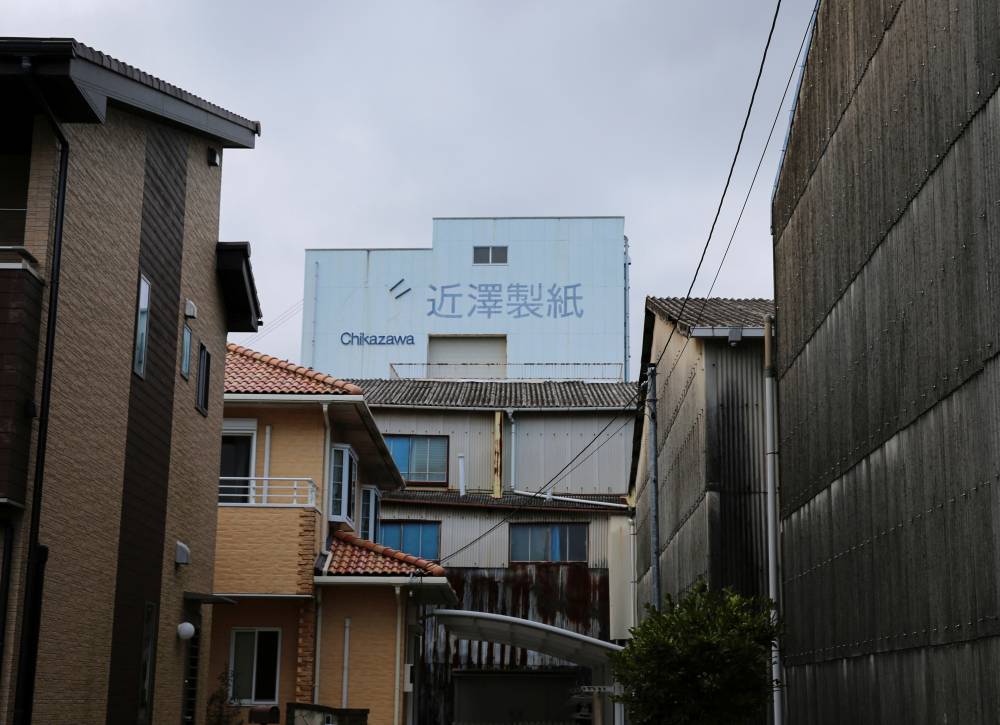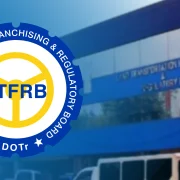Worker crunch piles pressure on small-town Japan

INO, JAPAN—Over the last decade, Masato Shiota brought his papermaking business back from the brink, paying down debt and buying machinery to automate production. But he struggles to find workers to keep output at full capacity.
“We have three machines but only have two running on any day,” said Shiota, president of Wako Seishi, which produces tissues, disinfectant wipes and toilet paper in Ino, a town on the smallest of Japan’s four main islands known for its paper industry.
“If we don’t have the people we can’t make products and we can’t turn a profit. We’ll go under. This is the biggest problem for small and medium-sized companies.”
Shiota’s experiences and those of several other Ino business owners show how a labor shortage is a growing threat to smaller companies that provide seven out of every 10 jobs in Japan.

The country faces a deficit of 3.4 million workers by the end of this decade and 11 million by 2040, according to a 2023 study by Recruit Works Institute.
In the first half of this year, a record 182 companies went under because of worker shortages, according to research firm Teikoku Databank, up 66 percent on a year earlier. Overall bankruptcies look set to surpass 10,000 this year, the highest since 2013, data from Tokyo Shoko Research showed this month.
While labor shortage-related bankruptcies are a small portion of the total, the surge will ripple through to these companies’ suppliers and customers, potentially causing a “chain of bankruptcies or mergers,” according to Takayasu Otomo, a researcher at Teikoku Databank.
Japan in March raised borrowing costs for the first time in 17 years, signaling the world’s fourth-largest economy had turned a corner after years of stagnation.

Challenges
Yet Reuters interviews with business leaders in Ino, industry experts and officials, reveal challenges for Prime Minister Shigeru Ishiba’s efforts to revitalize rural economies facing aging and shrinking populations. While Japan is allowing more underperforming businesses to fail, the accounts suggest the worker shortage is threatening firms that are otherwise robust, including those that have invested in automation and creative hiring.
Japan’s Ministry of Economy, Trade and Industry did not respond to questions about businesses in Ino.
Shiota has 42 employees and saw demand for disinfectant wipes surge during the pandemic.
He has cut out unprofitable products and, with government support, invested $520,000 to automate his lines. But Shiota said he has little ability to pay workers more beyond a recent increase in the minimum wage, which will rise again next year.
Japan remains resistant to large-scale immigration, so some companies have plugged labor gaps by employing short-term workers from Vietnam and other Asian countries. But a weakening yen makes it harder to attract foreign workers.
Reuters, the news and media division of Thomson Reuters, is the world’s largest multimedia news provider, reaching billions of people worldwide every day. Reuters provides business, financial, national and international news to professionals via desktop terminals, the world's media organizations, industry events and directly to consumers.

















